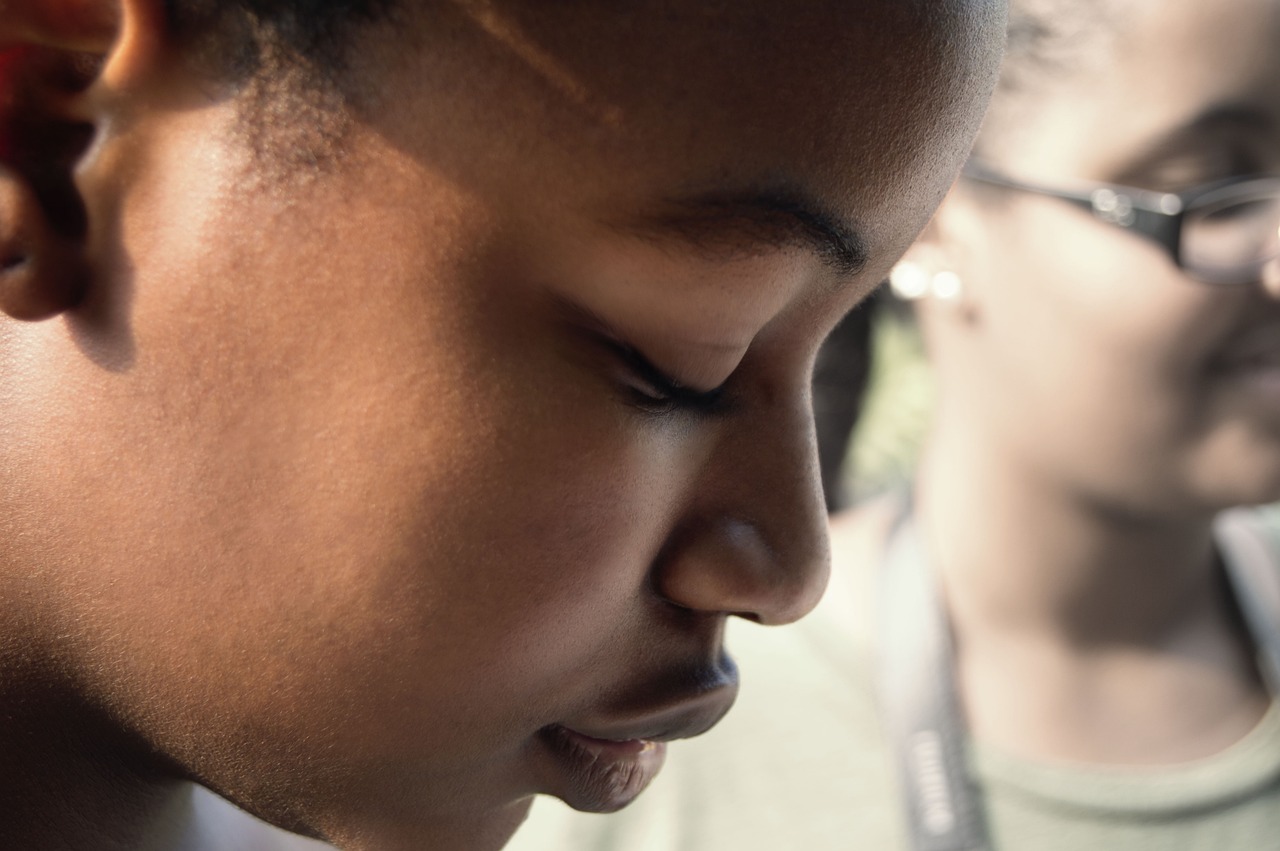Exploring the Divine Feminine through Meretseger
The Divine Feminine embodies a balance between masculine and feminine energies, crucial for achieving inner harmony and contributing positively to the world around us. Regardless of one’s physical gender or self-identification, this balance is vital for personal and collective well-being.
The Enigmatic Meretseger
Meretseger, an Ancient Egyptian Cobra Goddess, first intrigued me while reading Christian Jacq’s Stone of Light series. The narrative revolves around a village of master craftsmen tasked with constructing tombs in the Valley of the Kings. In this tale, the chief master craftsman’s wife serves as a high priestess dedicated to Meretseger. My fascination with snakes, particularly cobras—one of my power animals—sparked a profound connection to this Goddess. This literary encounter ignited what would become a lifelong passion for Ancient Egyptian deities like Anubis and Sekhmet.
As the protector of Thebes and the Valley of the Kings, Meretseger’s name translates to “She Who Loves Silence” or, in the context of Osiris, “Beloved of Him Who Makes Silence.” The desert’s profound tranquility, especially in solitary moments, echoes her essence. Having visualized meditative experiences amidst this environment, I often found myself communing with my spiritual guides, Anubis frequents the tombs, while Sekhmet revels in the warmth and sand.
Christian Jacq, a noted Egyptologist and historical novelist, introduced readers to Meretseger. He wove her presence into the narrative of Deir el-Medina, originally named Set-Ma’at—a village of artisans responsible for creating royal tombs, incorporating aspects of Freemasonry and ancient civilizations. Meretseger became the guardian of the royal cemetery, which flourished in the New Kingdom while originating towards the end of the Old Kingdom.
The Duality of Meretseger
Meretseger represents duality—dangerous yet merciful, making her an ideal guardian for tombs that faced desecration, even from those who built them. The title of Great Royal Wife in the Middle Kingdom was granted to a Pharaoh’s chief wife in honor of Meretseger. Although she lacked significant temples, small shrines near the Valleys of the Kings and Queens invoked her favor, showcasing her wide-ranging influence.
Artisans revered and feared her, associating her with a prominent hill in Thebes, el Qurn, thought to symbolize eternal rest. This peak resembles a pyramid and is closely linked to Hathor, the guardian of graves. The Ancient Egyptians perceived sin and repentance through the lens of balance rather than strict moral codes. In their culture, Meretseger embodies unique attributes around forgiveness and atonement for transgressions, as highlighted on the stela of Neferabu.
Depicted in various forms—from a cobra to a lioness, scorpion, or vulture—Meretseger symbolizes power and healing. Cobras, known for their potent venom, reflect her nature as both a punisher and a healer, emphasizing her role in protecting against wrongdoing while offering redemption to repentant victims.
Spiritual Connections and Rituals
Meretseger transcends mere representation; her archetype invokes a multi-dimensional connection to the spiritual realm. The cobra, a creature attuned to vibrations, reflects the need for silence to facilitate genuine presence. This silence and stillness serve as vital tools for meditation and healing, aligning with Meretseger’s energy. The cobra’s venom, while lethal, is also transformative in the healing arts—a testament to Meretseger’s duality.
The intense journey of personal transformation often leads to physical ailments, indicative of what some describe as a “healing crisis.” During these profound shifts, an individual’s consciousness strives to align with newfound wisdom, prompting the need for rest and reflection. My own experiences with the cobra during this period were enlightening, showcasing how these encounters foster deeper integration of spiritual energies within myself.
Encounters with the Goddess
Synchronization with Meretseger often occurs through dreams and visions, offering a medium for profound spiritual insight. In meditating on her presence, I encountered her as a warm, earthy woman, embodying joy and wisdom. Her transformations—and the experience of melding with my cobra power animal—illustrated the interplay of energy that guides us toward healing.
Encountering Meretseger emphasizes the importance of silence, as it is through quiet reflection that one may connect deeply with her spirit. She challenges conventional perceptions, encouraging a broadened understanding of the interwoven relationship between humanity and the divine.
Embracing the Divine Feminine
In our life journeys, embracing Meretseger’s wisdom encourages us to delve into our emotional landscape and the feminine aspect of empowerment. This involves uplifting ourselves and other women, cultivating strength and unity rather than fostering competition or comparison.
Meretseger symbolizes the metaphorical shaman, a conduit bridging various realms of existence. Her frequent depictions with multiple heads represent different states of consciousness—illustrating our potential for growth across various levels of life experience.
Conclusion: The Journey of Transformation
Meretseger, with her unique attributes, offers guidance not just for the spiritually brave, but also for those willing to face their personal truths. Acknowledging when one is not ready to confront such intensity is a form of self-awareness that fosters growth. The journey alongside Meretseger is rich with lessons of balance, healing, and accountability—facilitating profound inner work that transforms our lives.



